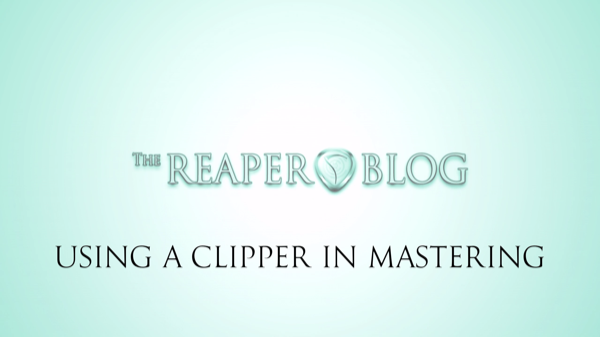When used carefully, a soft clipper plugin can be a really helpful addition to a mastering chain.
In this video I’m using a clipper to prevent the final limiter from overworking. I compare the free JS Softclipper, T-Racks Classic Clipper and LVC Audio Clipshifter. The differences are subtle but real (no tricks this time hahaha)!
http://www.ikmultimedia.com/products/trclassclipper/
http://lvcaudio.com/plugins/clipshifter/
http://www.twitter.com/reaperblog
http://www.facebook.com/thereaperblog
http://www.patreon.com/thereaperblog


Leave a Reply